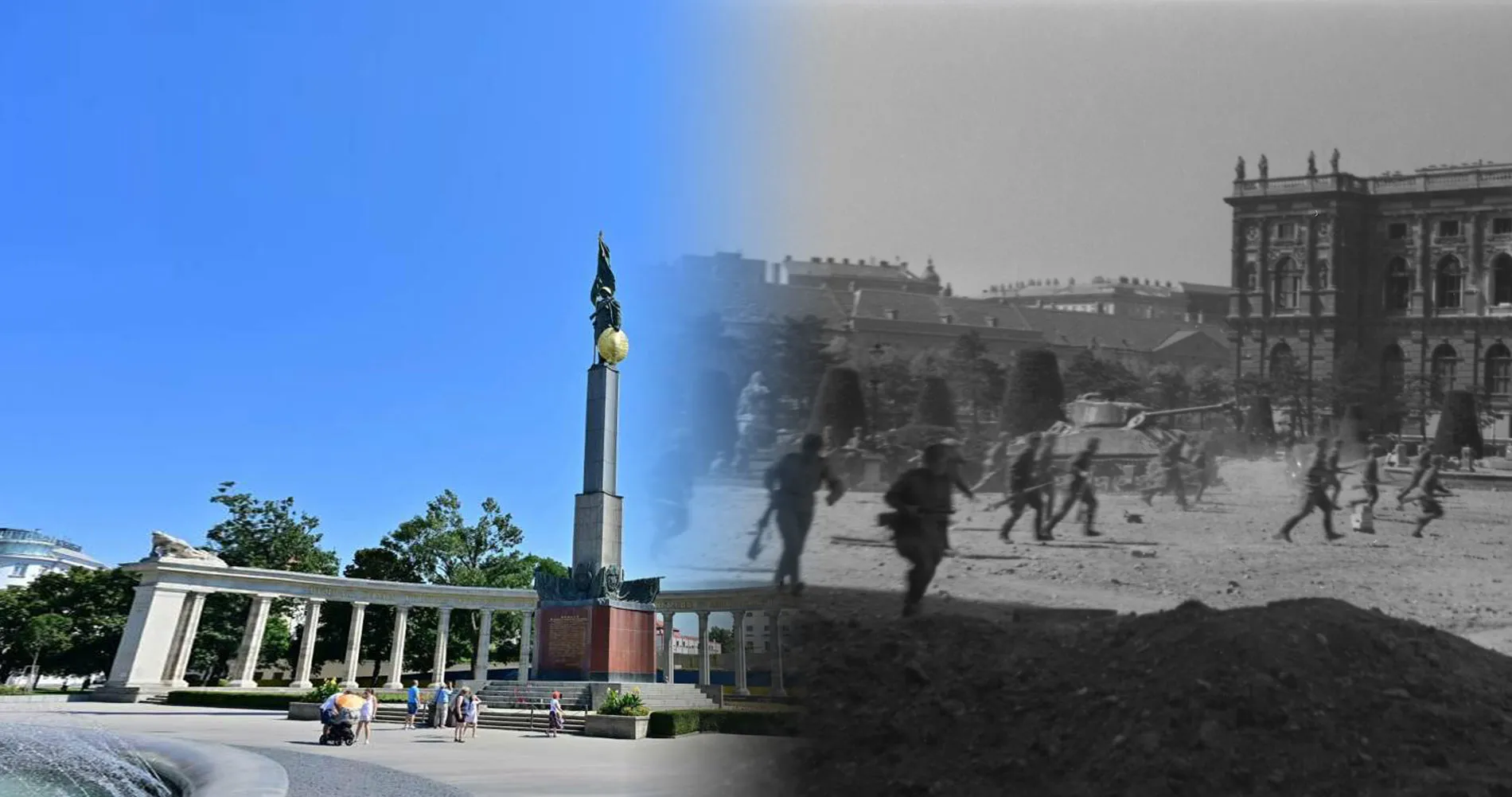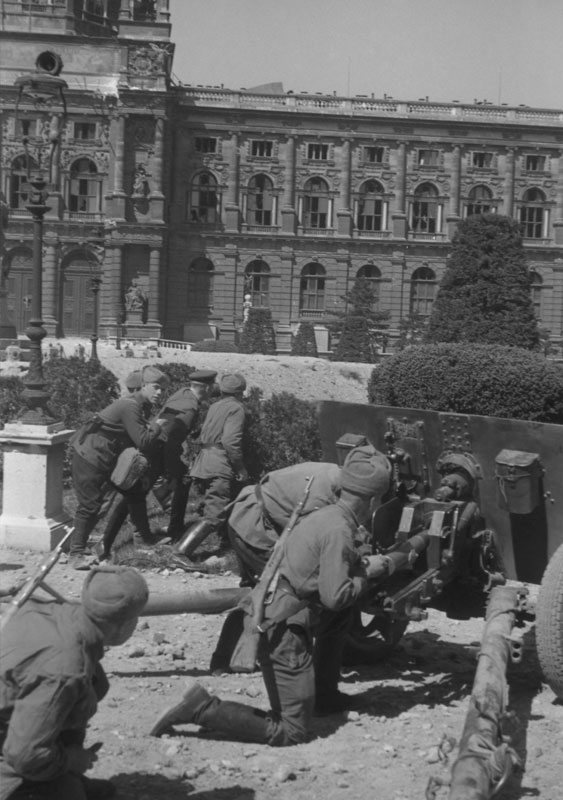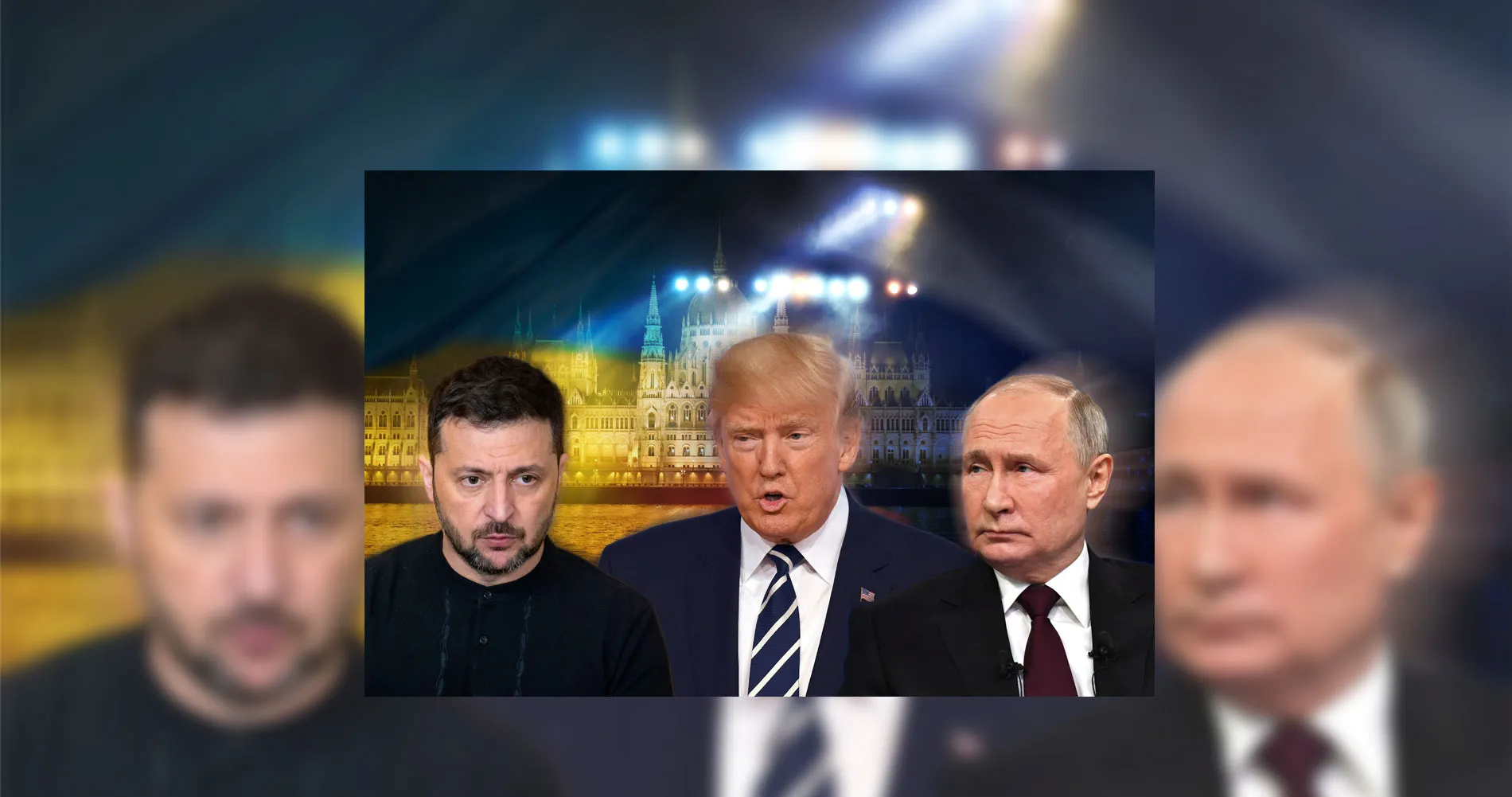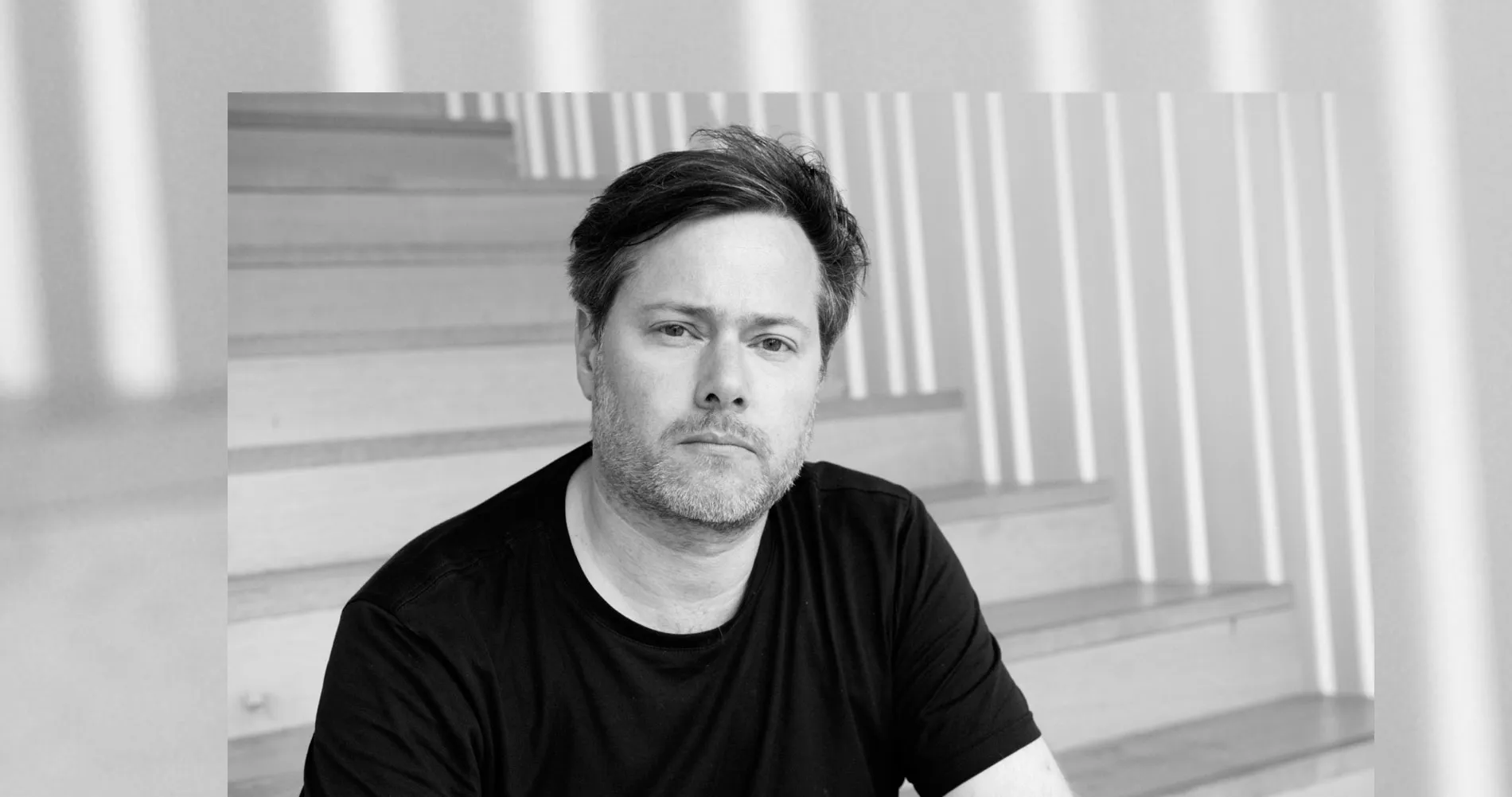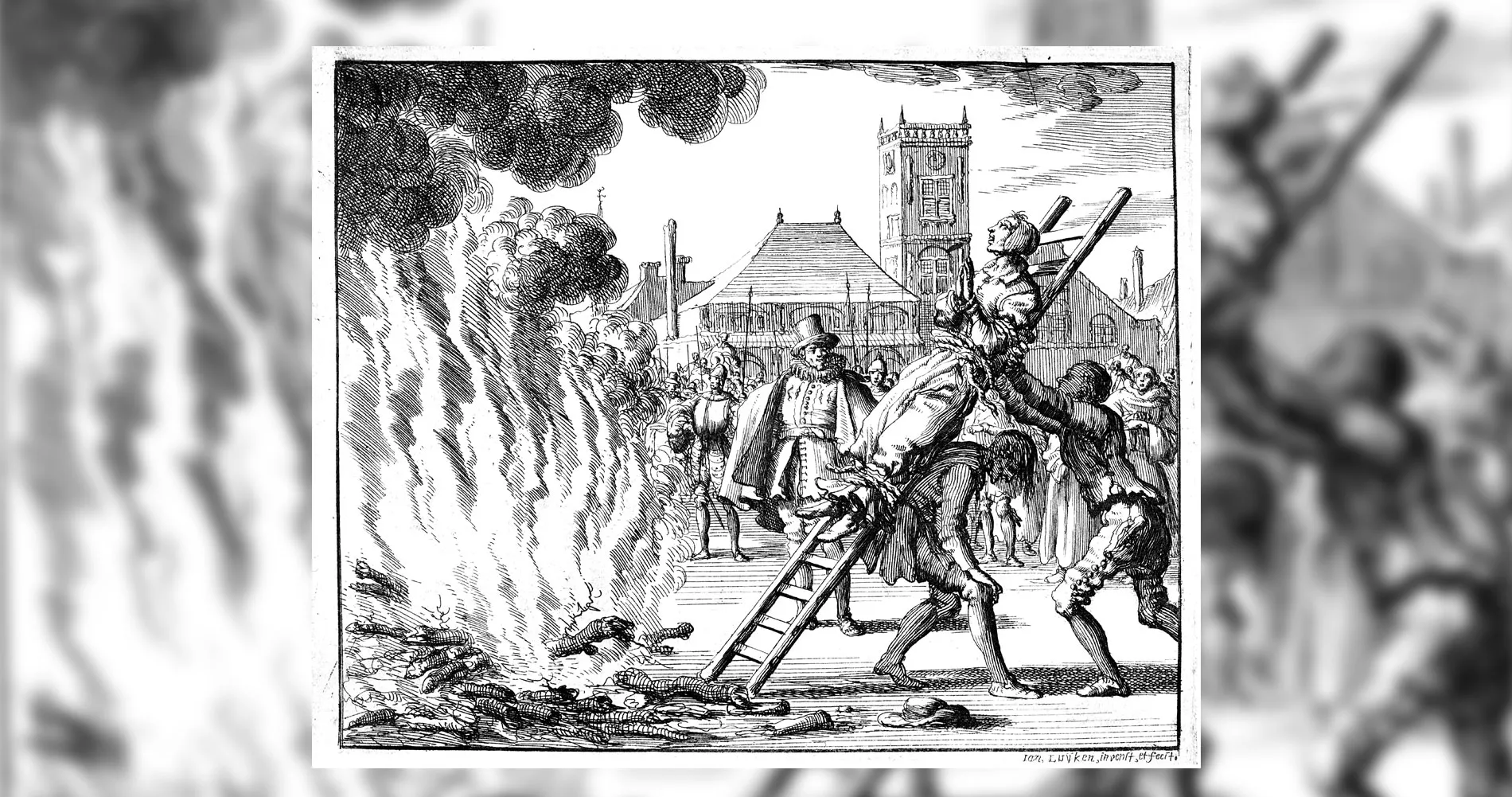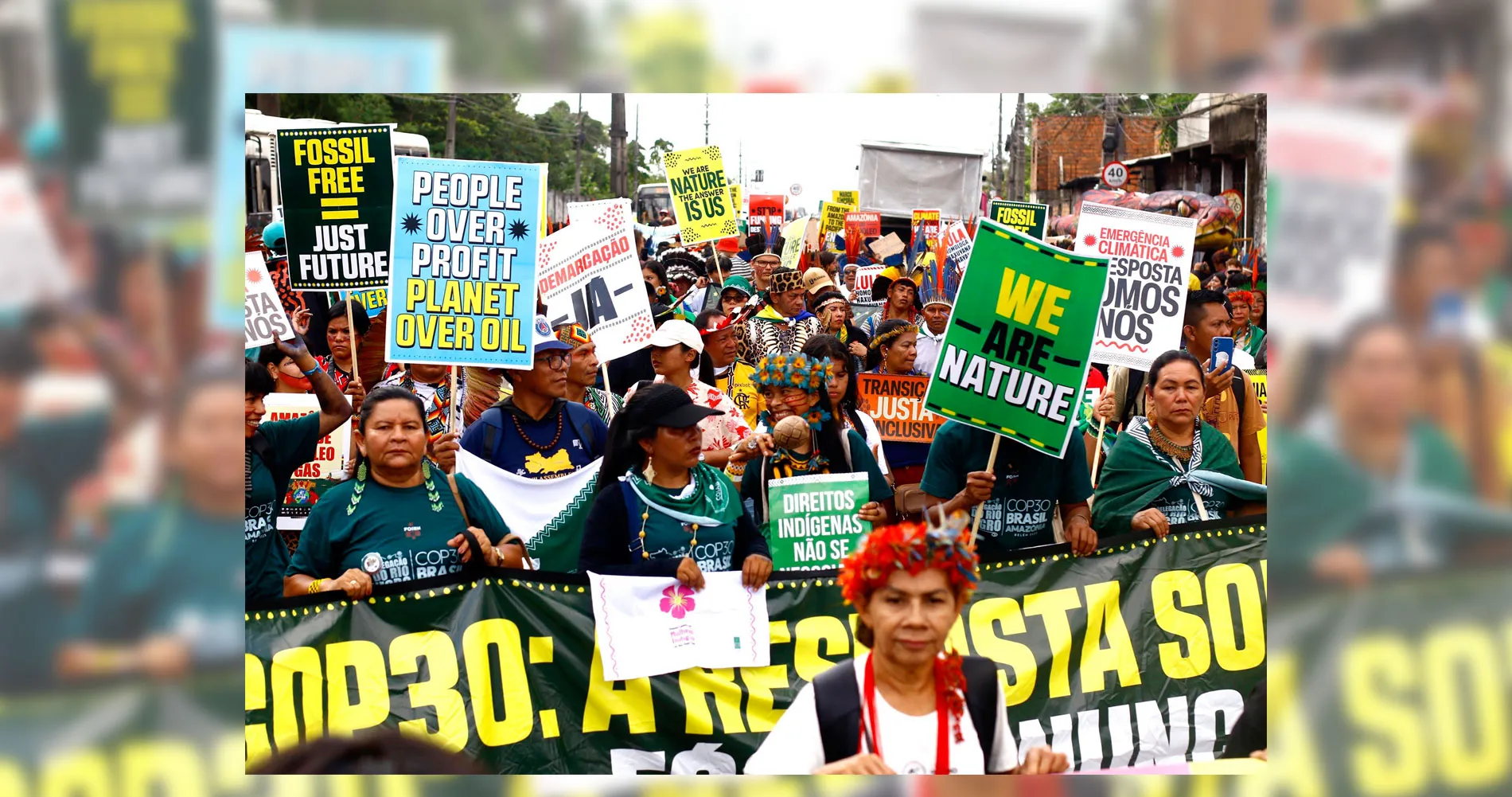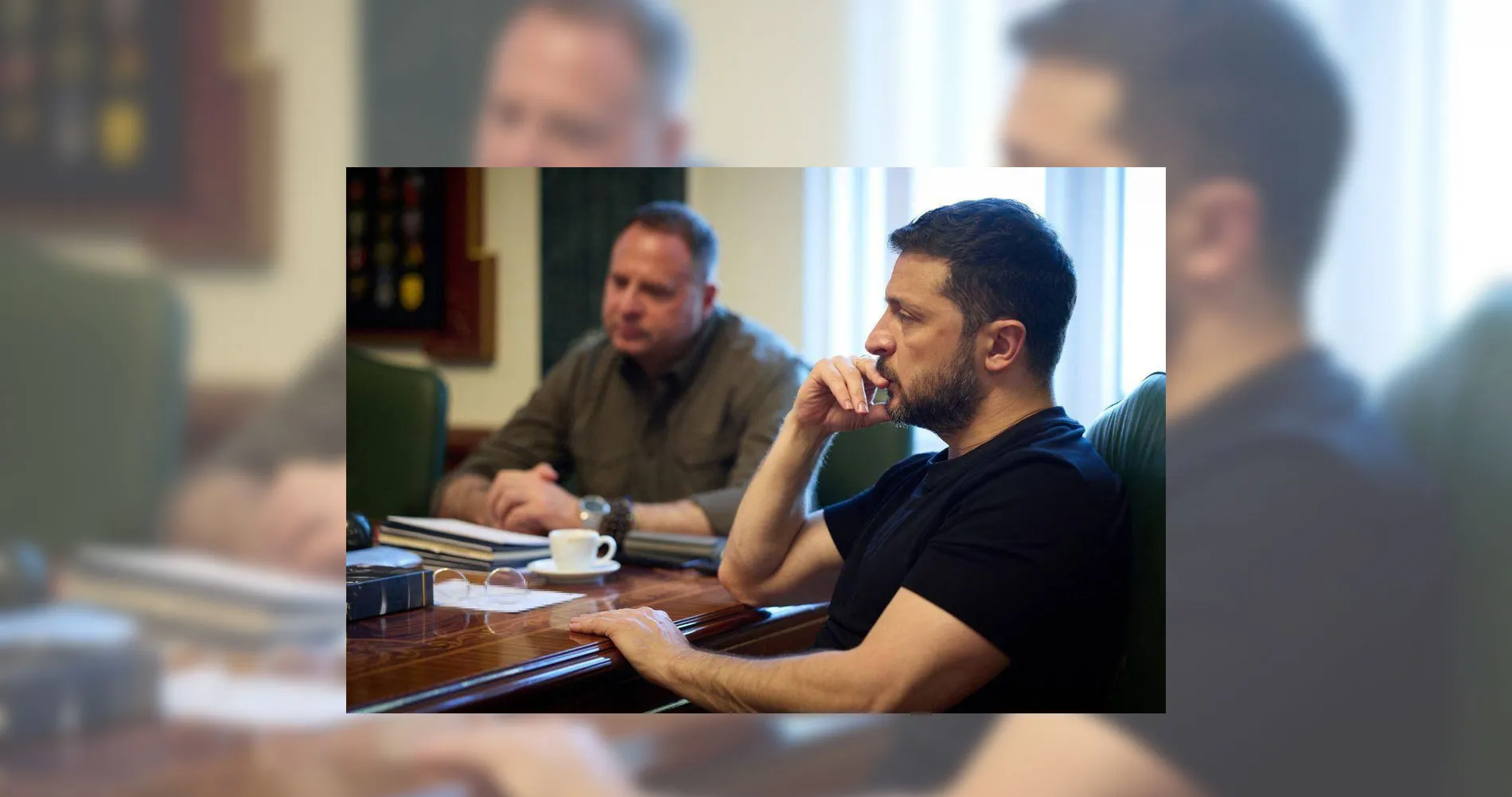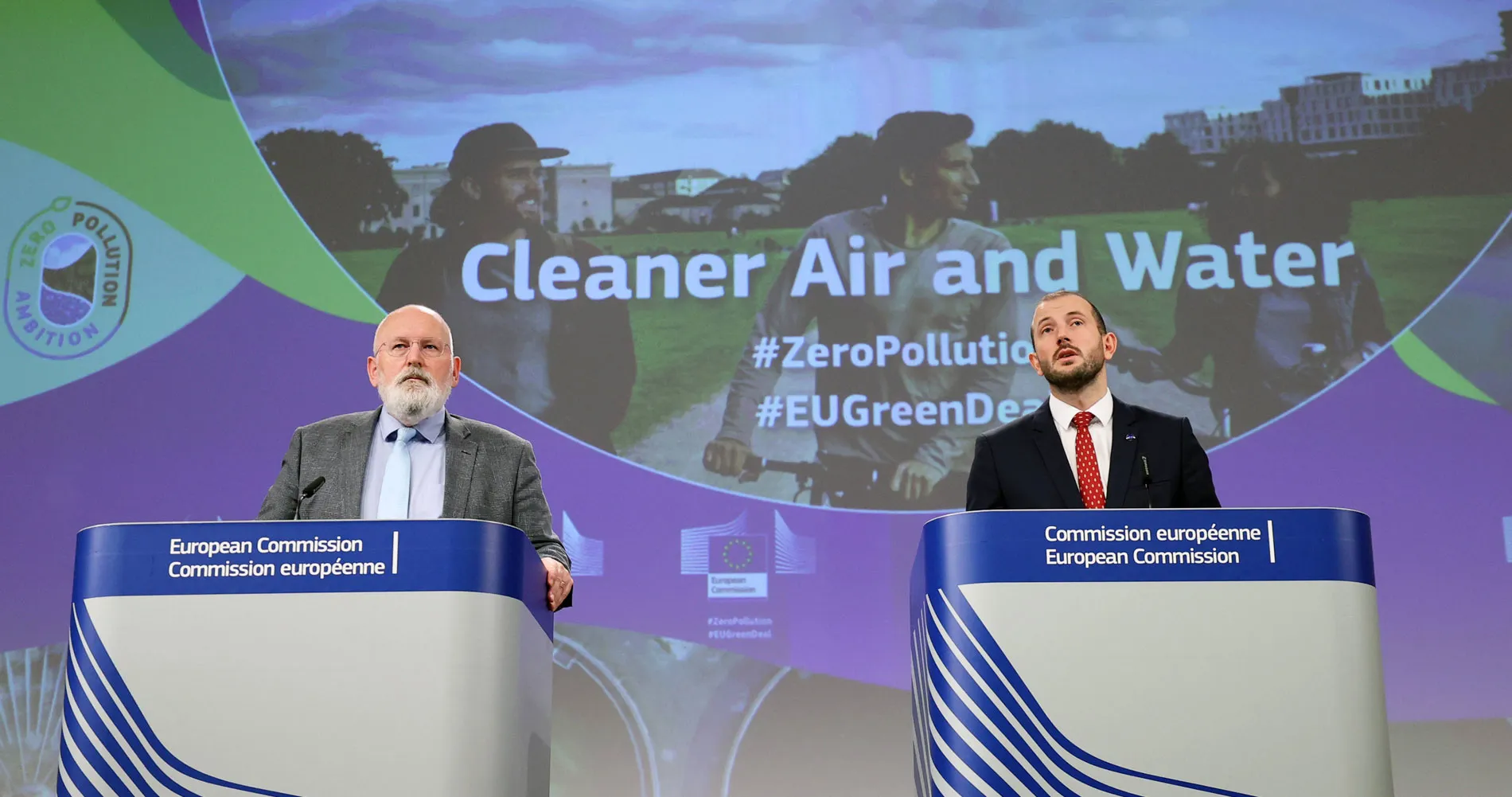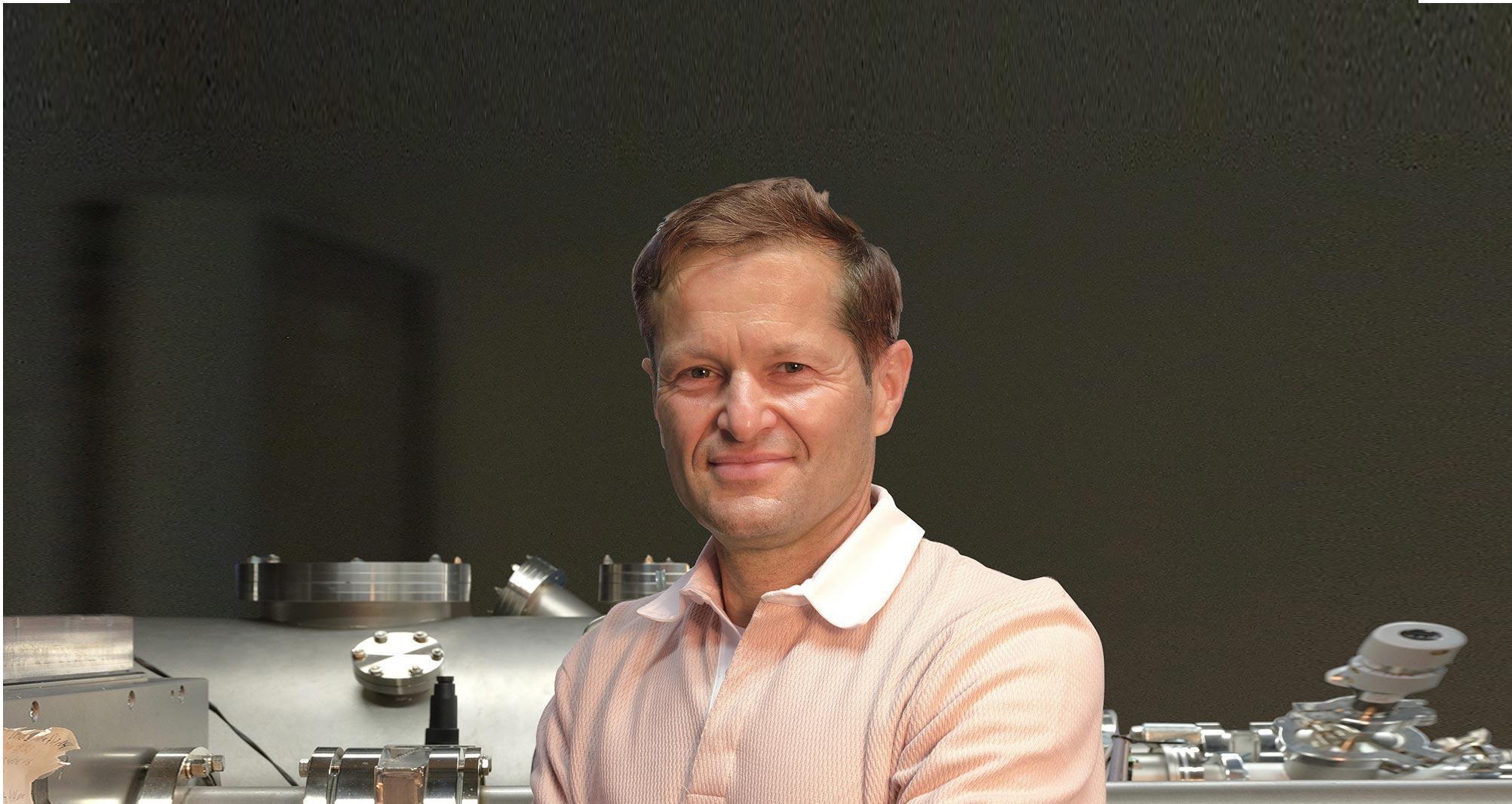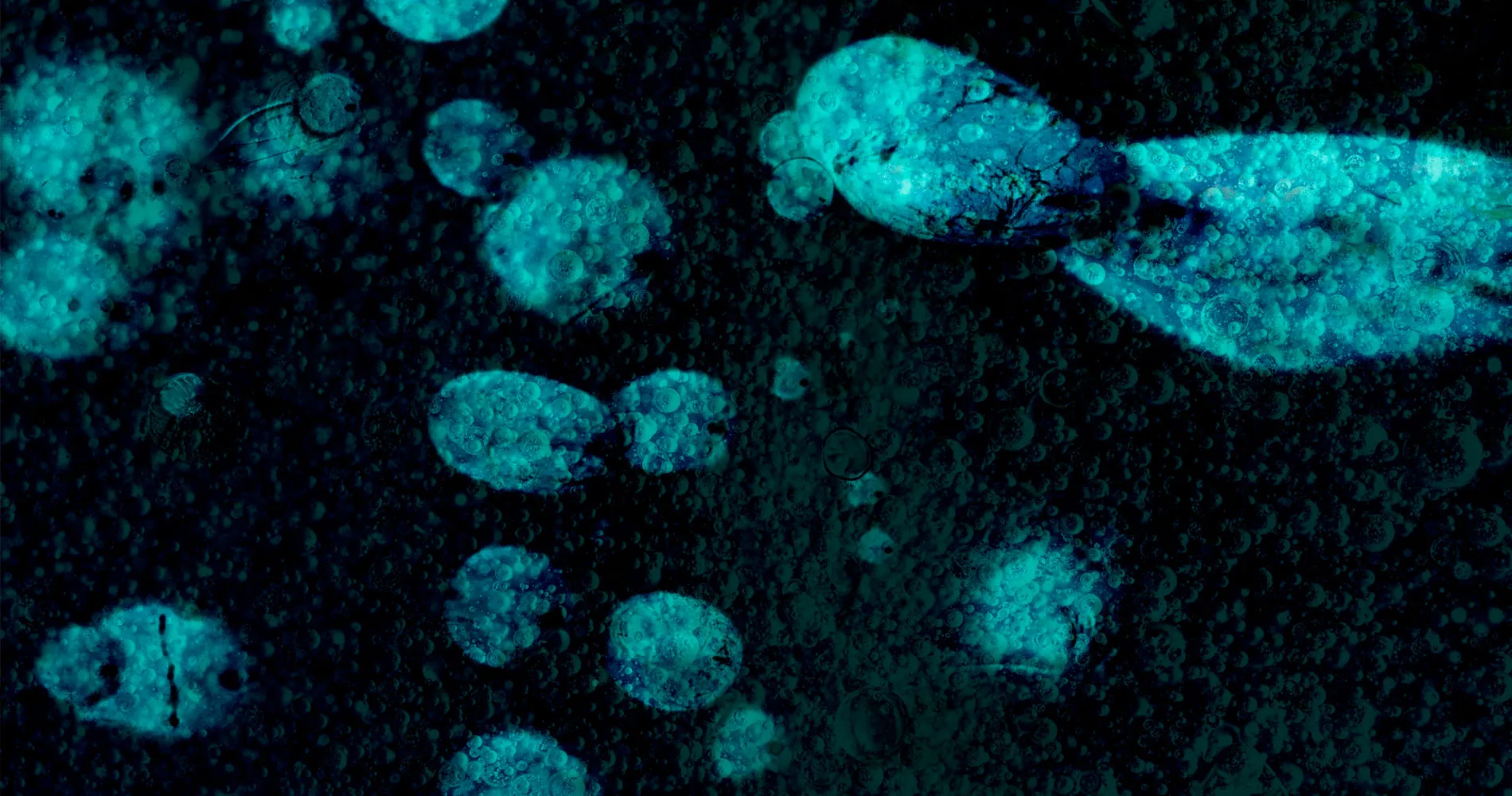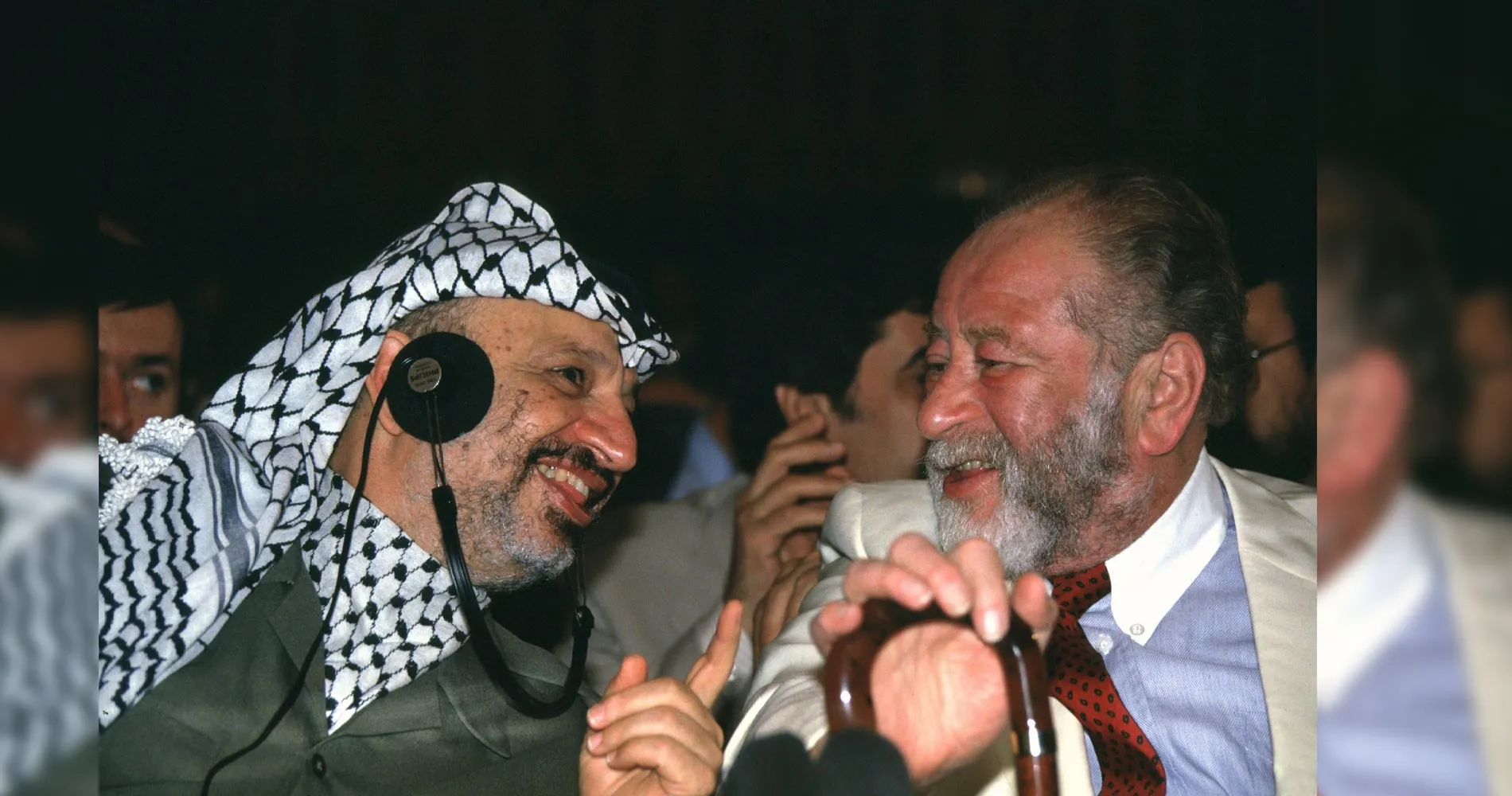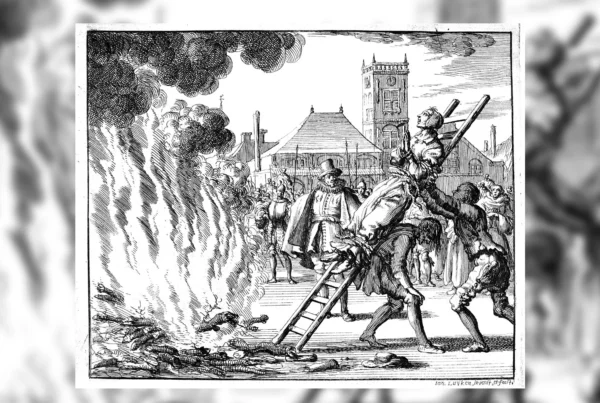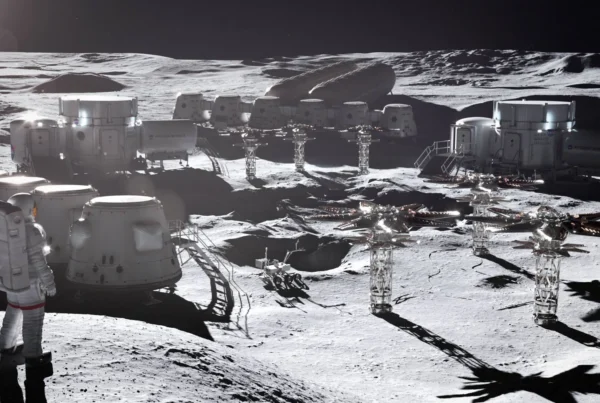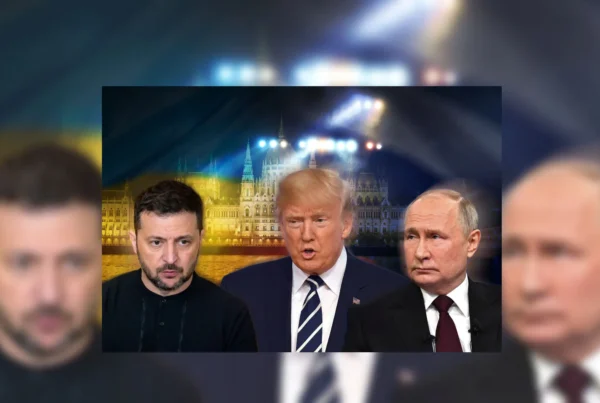On 15 April 1945 the city of Vienna was liberated from the Nazis by the army of the Soviet Union, the Red Army. The Battle of Vienna claimed tens of thousands of lives – accompanied by internal resistance, forced recruitment and systematic violence against civilians.
Miriam Eulert
5 May 2025
French version | German version | Russian version
In the first days of April 1945, St. Stephen’s Cathedral is in flames, water pipes have been destroyed, bridges blown up or mined, the city is without electricity and largely without administration. The Second World War is in its final days and has already cost the lives of around 60 million people. With 27 million casualties, the Soviet Union suffered the lion’s share of civilian and military losses in the fight against the Nazis.
The Great Patriotic War of 1941-1945. Soviet forces fight to expel German invaders from Vienna. Soldiers in front of Natural History Museum, 05.04.1945. Simon Raskin Vienna Austria. © IMAGO / SNA
Together with resistance fighters, with whom the Red Army had already been in contact in the interwar period, the Red Army liberated the city of Vienna from the Nazis. The resistance groups included the communists, Christian conservative groups and also some officers around Major Carl Szokoll in the military district command XVII. Karl Renner, who subsequently became Austria’s first chancellor, was brought to safety in Eichbüchl Castle with the help of Red Army soldiers.
The Battle of Vienna inflicted heavy losses on the Soviets: a total of 168 000 men. The figures on the losses of the German Wehrmacht in the actual Battle of Vienna vary between 20 000 and 37 000. These high losses were the result of a fierce urban battle with an invisible enemy who could shoot from any window in the city. Baldur von Schirach, Reich Governor in Vienna, ordered a “fight to the last man”.
The operation began on 16 March 1945 and lasted until 15 April 1945. As the front approached, the violence inside escalated. Baldur von Schirach imposed martial law on 30 March. People who evade the war are shot. It is enough not to turn up for work or to disobey marching orders. Many civilians die in these days of arbitrary summary courts or lynch law. The crimes of the final phase are a central component of this violence. These included the targeted murder of Jewish forced laborers, who were herded through Austria in long columns. Particularly affected were groups from Hungary, Poland and Slovakia, who were forced to march towards Mauthausen – often without food or shoes, guarded by SS men who were ordered to shoot if anyone “lagged behind”. Local units or civilians were also often forced by the Nazis to take up arms. Anyone who gave water or helped was considered a suspect.
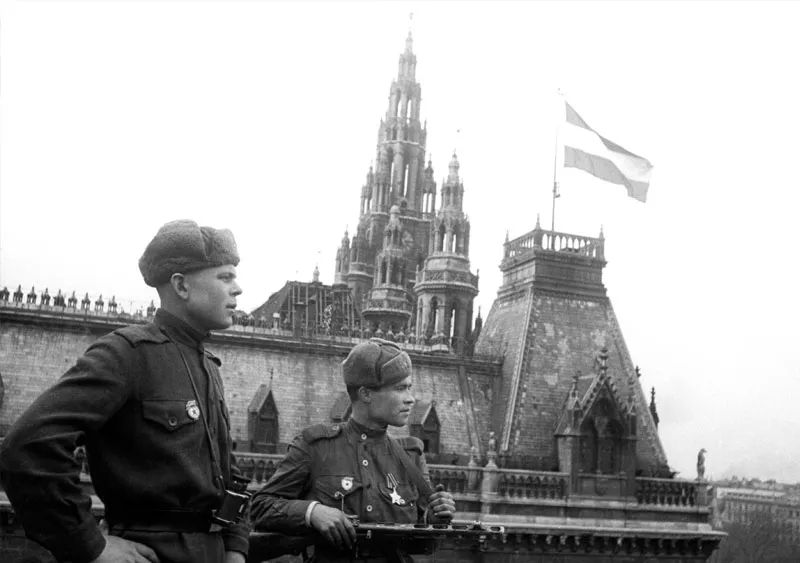 Soviet soldiers on the roof of the Vienna City Hall, over which the Austrian national flag fluttered. Haldei Sputnik Vienna Austria © IMAGO / SNA
Soviet soldiers on the roof of the Vienna City Hall, over which the Austrian national flag fluttered. Haldei Sputnik Vienna Austria © IMAGO / SNA
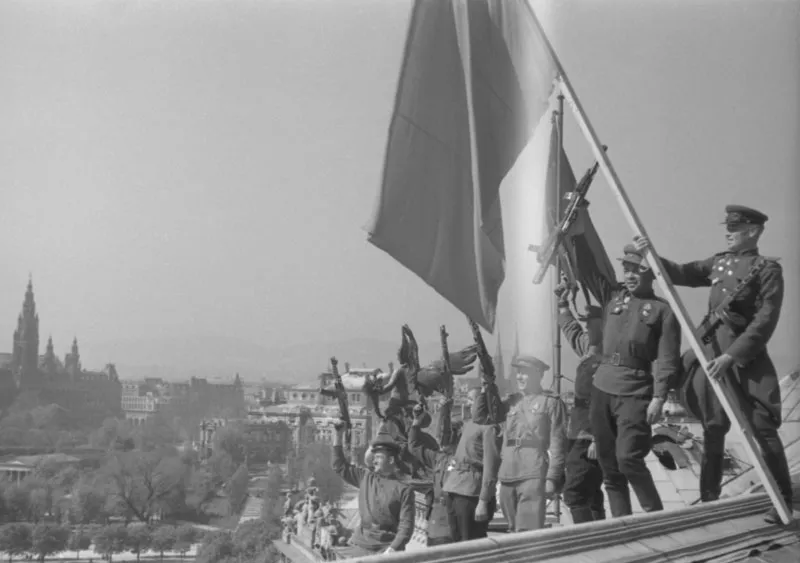 Raising a Soviet banner in Vienna. Simon Raskin Vienna Austria. © IMAGO / SNA
Raising a Soviet banner in Vienna. Simon Raskin Vienna Austria. © IMAGO / SNA
Despite everything, there was resistance from within the German Defense Force – under the name Operation Radetzky, some officers of Wehrkreiskommando ( Command of Armed Forces) XVII, including Carl Szokoll, attempted to surrender Vienna to the Soviets without a fight. It was a conspiratorial plan with high risks: bridges were to be saved from being blown up, communication facilities taken over, an orderly retreat made possible – to prevent destruction and further deaths. But before the signal can be given to carry out the plan, the group is betrayed. Three of the officers – Karl Biedermann, Alfred Huth and Rudolf Raschke – were publicly hanged on April 8. Their bodies remain hanging on the Stubenring for hours. Szokoll escapes.
On 13 April 1945, the Red Army took Vienna. For many, this marked the end of the war. For others, a phase begins that remains ambivalent: between liberation, control and new dependence. The occupation – which lasted until 1955 in Eastern Austria – was characterized by control and requisitioning.
Today, many of these settings have disappeared from the cityscape. But there are places where they can still be seen, or at least remembered. One of these is locations lies underground, in Vienna’s 9th district. A former air raid shelter, now home to the Museum of liberation of Vienna 1945 – 1955, tells the story of the last weeks of the war. Visitors descend a narrow, cold staircase. Above the entrance is a sign in Cyrillic: a notice from the Soviet soldiers that this bunker had been searched. They were looking for Nazi soldiers and party members here. They found alcohol.
Impressions from the Museum of liberation of Vienna 1945 – 1955 by Miriam Eulert © iGlobenews
The rooms are small and without daylight. Until recently, it was initially assumed that around 10 people were housed in one room, as shown – in fact, it was probably more like 30 or 40. It became so cramped that many people were unable to reach the toilets in time. Some rooms were used for medical care – war invalids, the injured, the sick. The air is cold, the cramped conditions oppressive. As precarious as the conditions in the bunkers were, only a lucky few were housed there. The majority of the population had no room and had to wait in the cellars of their homes.
In memory of the 17000 victims of the Red Army who fell in the actual Battle of Vienna, the Heroes’ Monument to the Red Army was erected on Schwarzenbergplatz in the center of Vienna. More than almost any other memorial in Vienna, the so-called Russian Monument commemorates the liberation from the Nazi dictatorship and the end of the Second World War. This memorial and other similar monuments were stipulated by the Allied powers in Article 19 of the Austrian State Treaty.


